Finding light in the dark : youth perspectives on mental health recovery
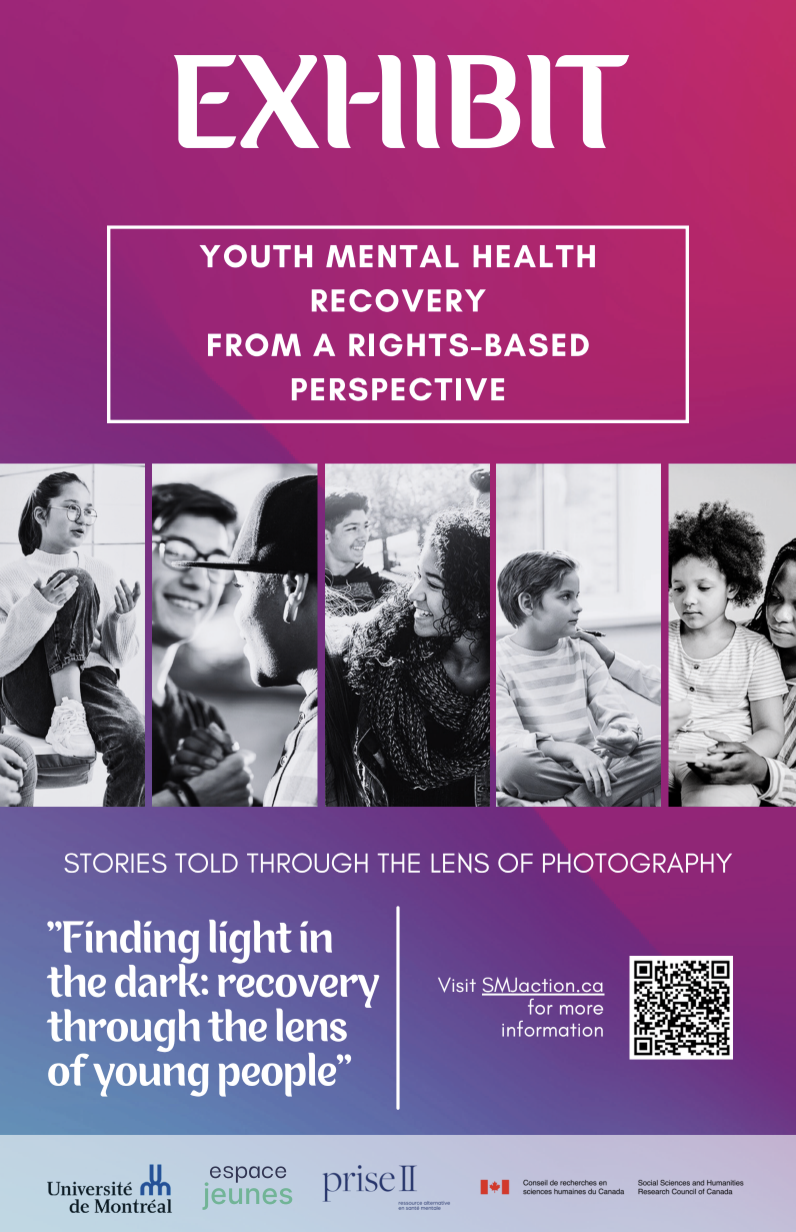
Taking a closer look
This exhibit takes a closer look at the mental health recovery journey of seven young people and the many ways they navigate the ups and downs of mental health issues. At its heart are photographs created through a participatory research project with youth aged 17 to 35 who have lived experience with mental health difficulties. Using the photovoice method, these thoughtful and expressive works offer both a sensitive and critical perspective on youth rights, while highlighting the strength, resilience, and unique paths to recovery shared by the participants.
This exhibition creates a space for authentic expression—where young people can share their own visions of mental health recovery while raising awareness about the diverse experiences that shape it.
The photographs featured here reflect their personal stories and speak to their resilience, resistance, challenges, and hopes.
We invite you to explore the powerful stories and creative expressions captured in this web exhibition.
Please note: some of the accompanying reflections are presented in French only.
You can also read the remarks written by one of the participants, which was presented on the day of the vernissage: Opening remarks
The Nature of Connections
Recovery also means feeling like two selves: our past self and our self in progress are deeply connected, yet distinctly unique. Things may feel blurry, but we remain standing. Some mornings lack definition, when the heart feels heavier than the body. We breathe through uncertainty, move forward through the unseen, and trust that tomorrow will bring a bit more light. Yes, there is uncertainty—but within that blur, there is also softness, space, and possibility. Every day we rise is a quiet victory. (Translated from French)
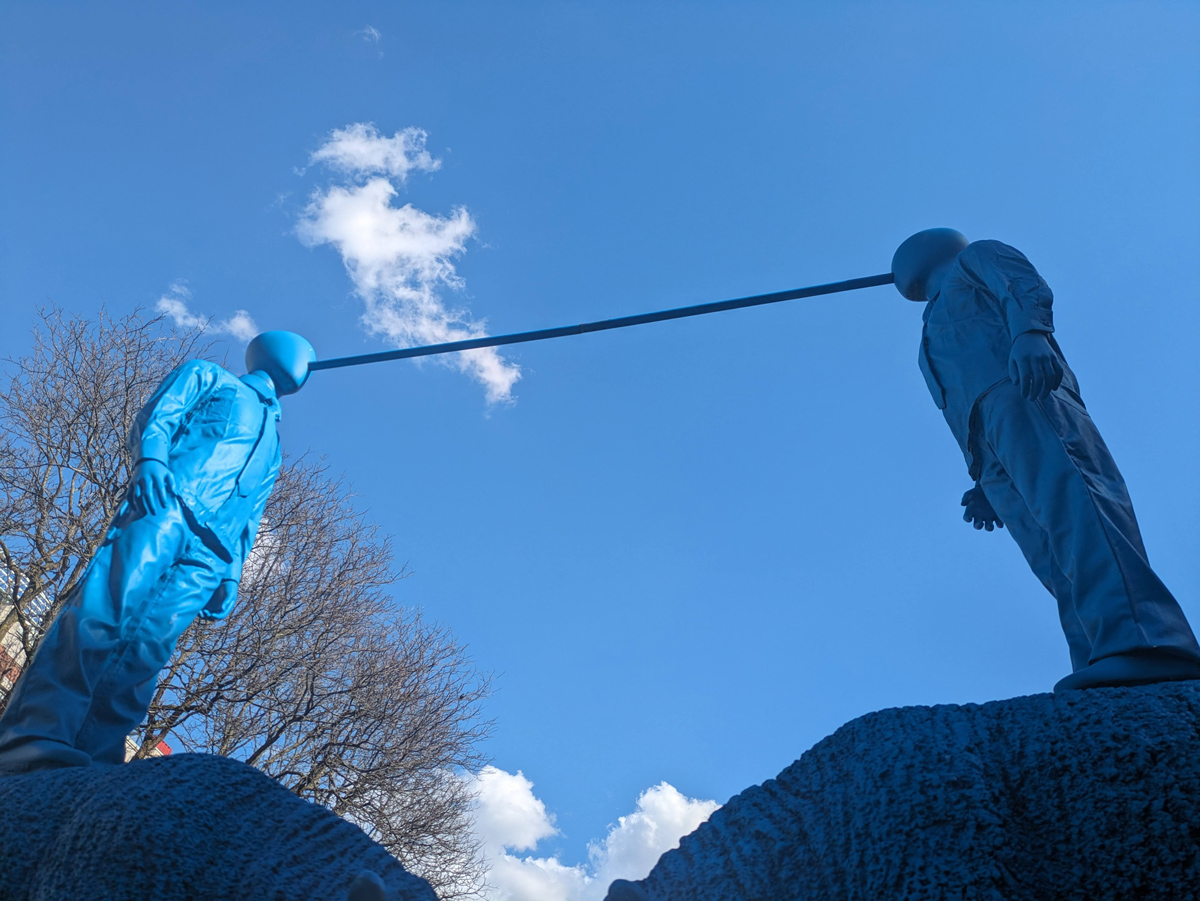
The Lights Are at Rest
Recovery means accepting that our light may dim for a while. The bulbs aren’t broken—they’re simply resting. Keeping our light to ourselves, creating a small, joyful cocoon, is a valid way to regain strength. The rest of the string of lights will shine for others again, in time. Every pace and timeline in recovery is valid. (Translated from French)
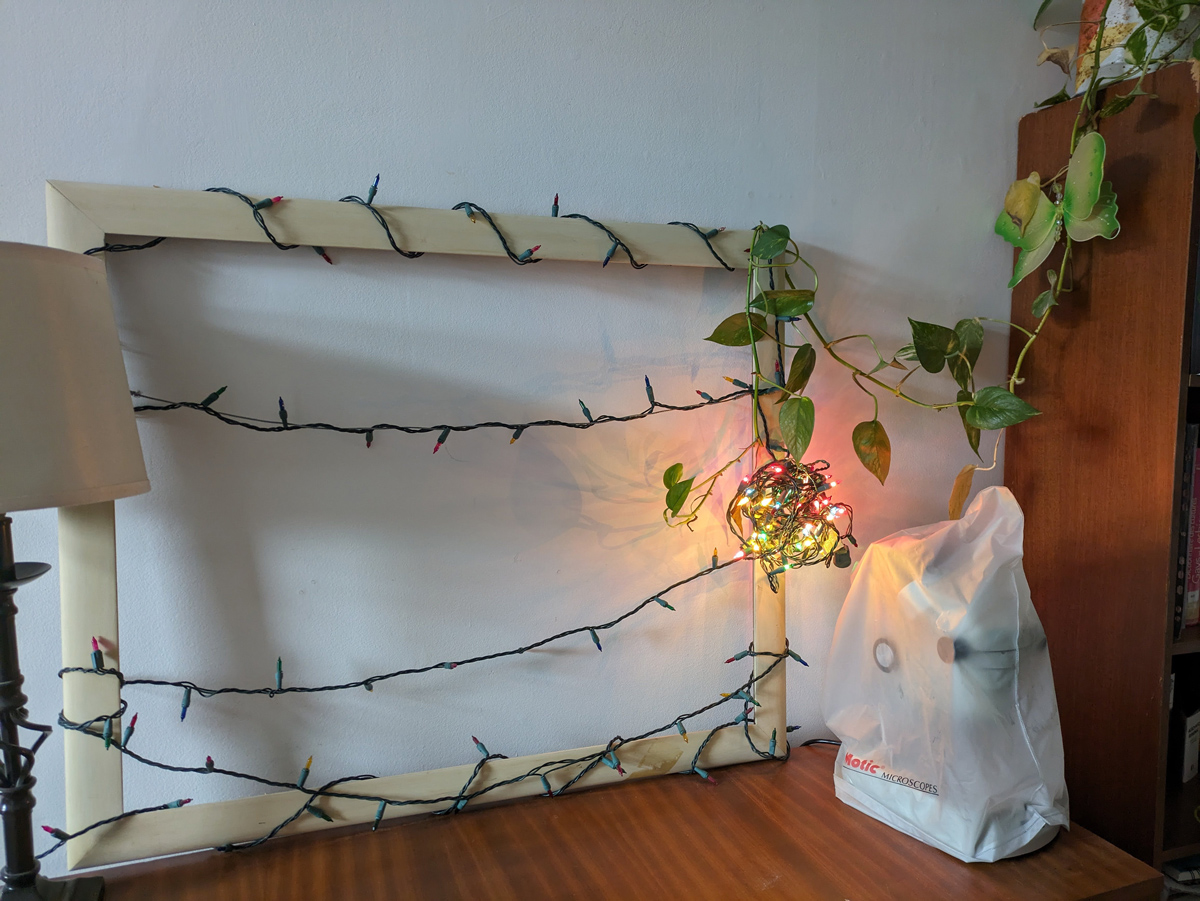
Allow Oneself to Be Helped
Sometimes, it feels like my pain is too much—too heavy for anyone to truly hold, to help with, to welcome without turning away. But over time, I’ve discovered that there are arms wide enough, silences gentle enough, and presences real enough to accompany me, to lend support. It takes courage to ask for help, and even more to let go. But sometimes, allowing yourself to be carried is already a small step toward healing. (Translated from French)
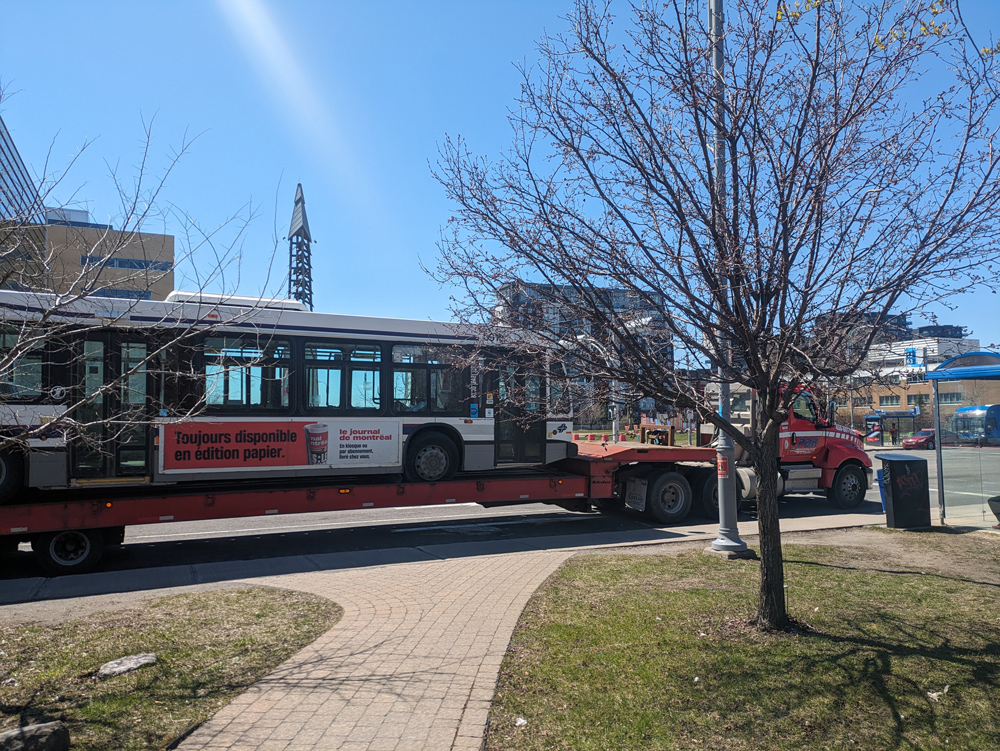
Bad Weed
Some say
We are
“Weeds” . . .
Don’t want us
In their lawn
Don’t want us
On their land
They’d prefer
Tamed property
Something that would
Be easy – more pretty
Something that could
Be sold – less bold
Boost their earnings
Foster their interests
And so –
They dream
of trampling us,
suffocating us,
uprooting us
And often – they do
So we would disappear
And never come back . . .
Is our will to Live
Our will to Be
Ourselves
So outrageous ?
Our will to Live
Anywhere
We can . . . ?
We Grow
Yellow stains
On their cleaned cut
Fenced, sanitized world
With a blow of the wind
We can propagate
So fast – so far
What we think
Who we Are
New visions – new ideas
Undergrowth pioneers
Of new frontiers
Survivors
Resilient
Still –
Blossoming
Hope
Even
in the narrow cracks
of the concrete
sidewalks
Anywhere we can –
we dream
Of some secure serenity
In a field of possibilities
full of children,
and bees
At least they see
Our purpose
Our beauty
. . .
We
Will
Be(e)
! ! !
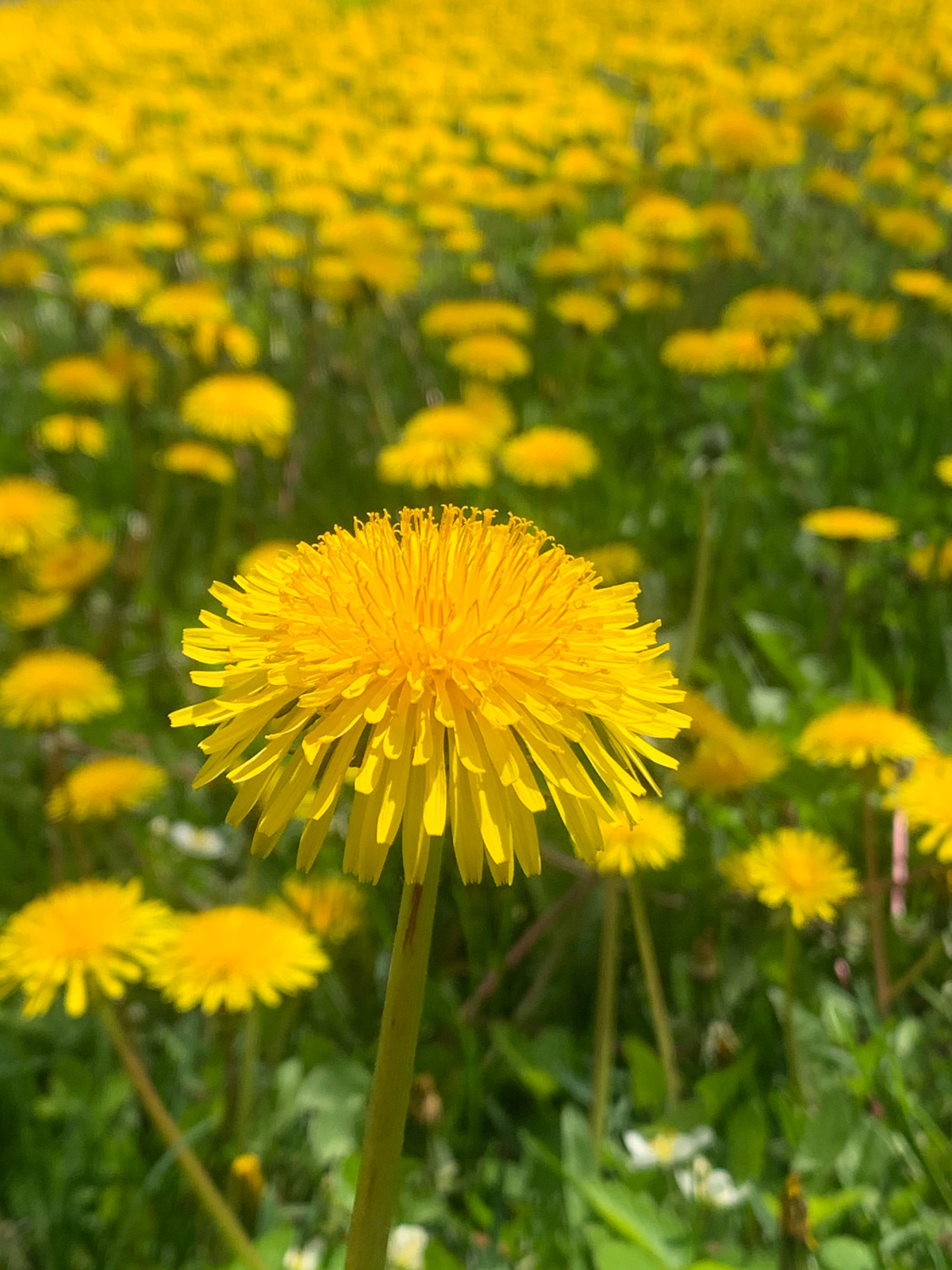
Dew 1
I did it !
I got out of bed !
Out the door
at the crack of dawn
just in time
for the dew . . .
Springtime droplets
Pearls
Of sunlit beauty
Every day
I follow the magic
One day at a time
I Rise . . .
I Will
Harvest
The fruits of my Life
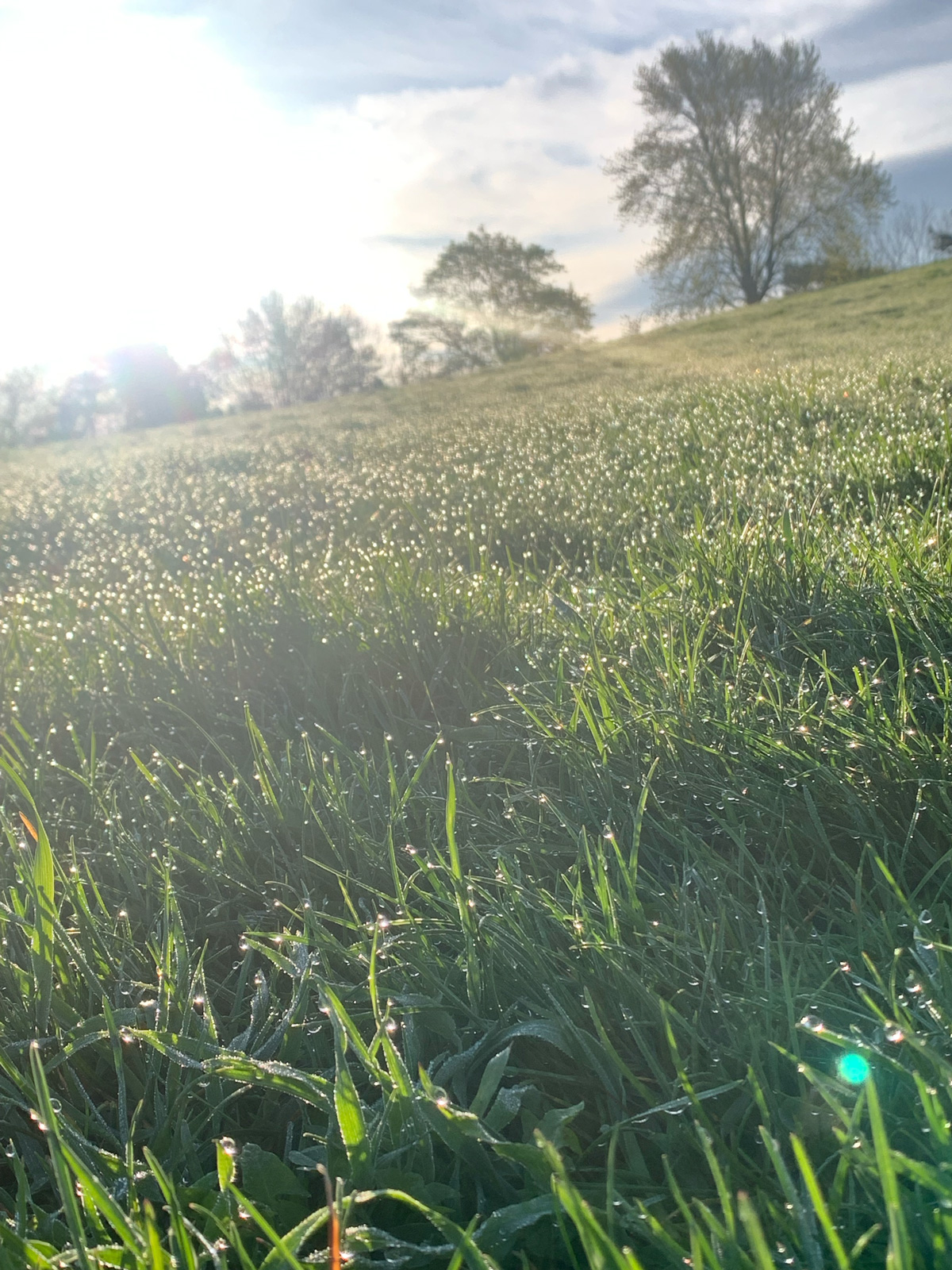
Dew 2
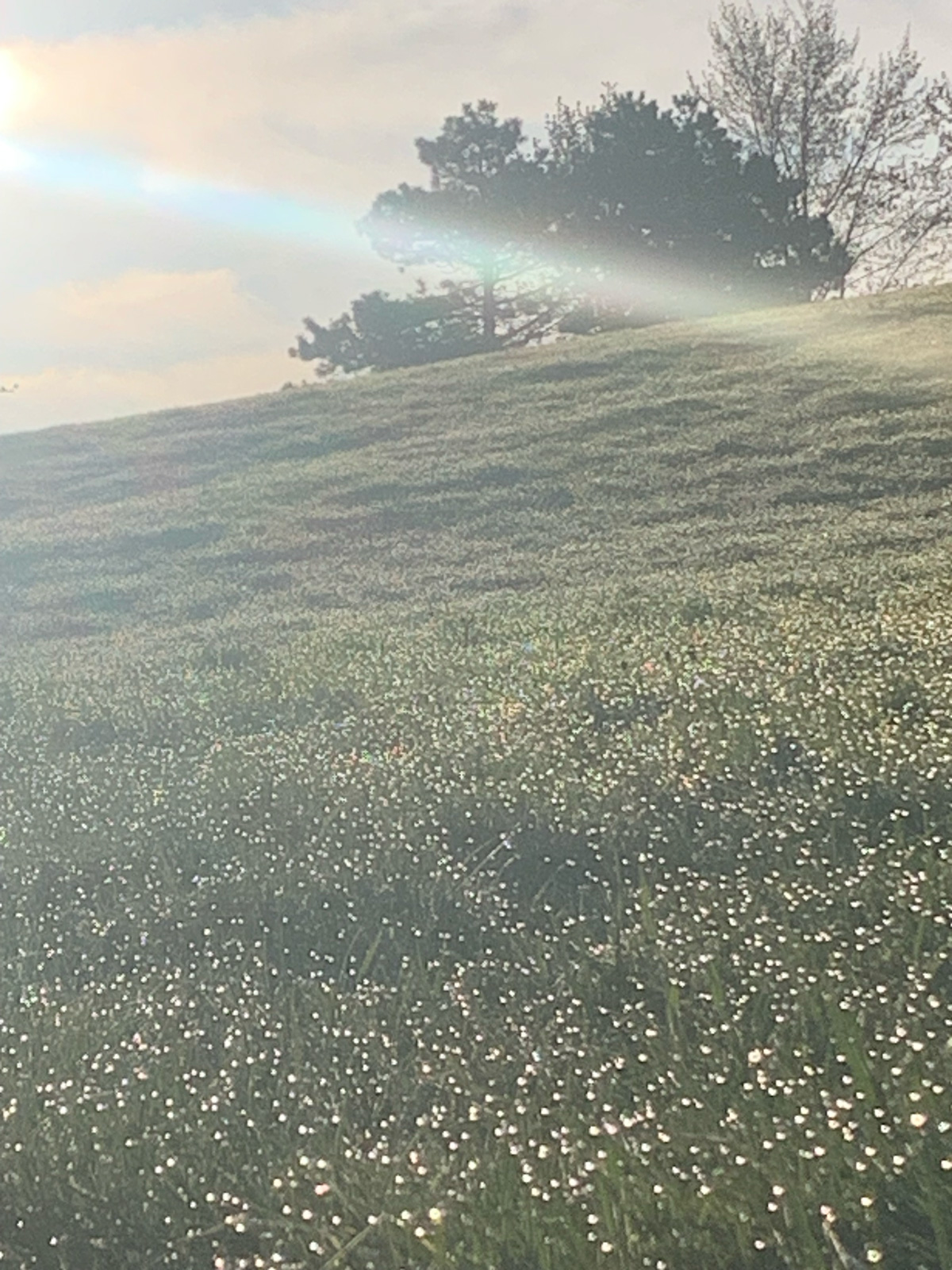
Ave Maria
written on the statue :
‘I want to spend my Heaven
doing good on Earth’
n.b.
In my own way!
even behind the bars
of your prisons … 🙂
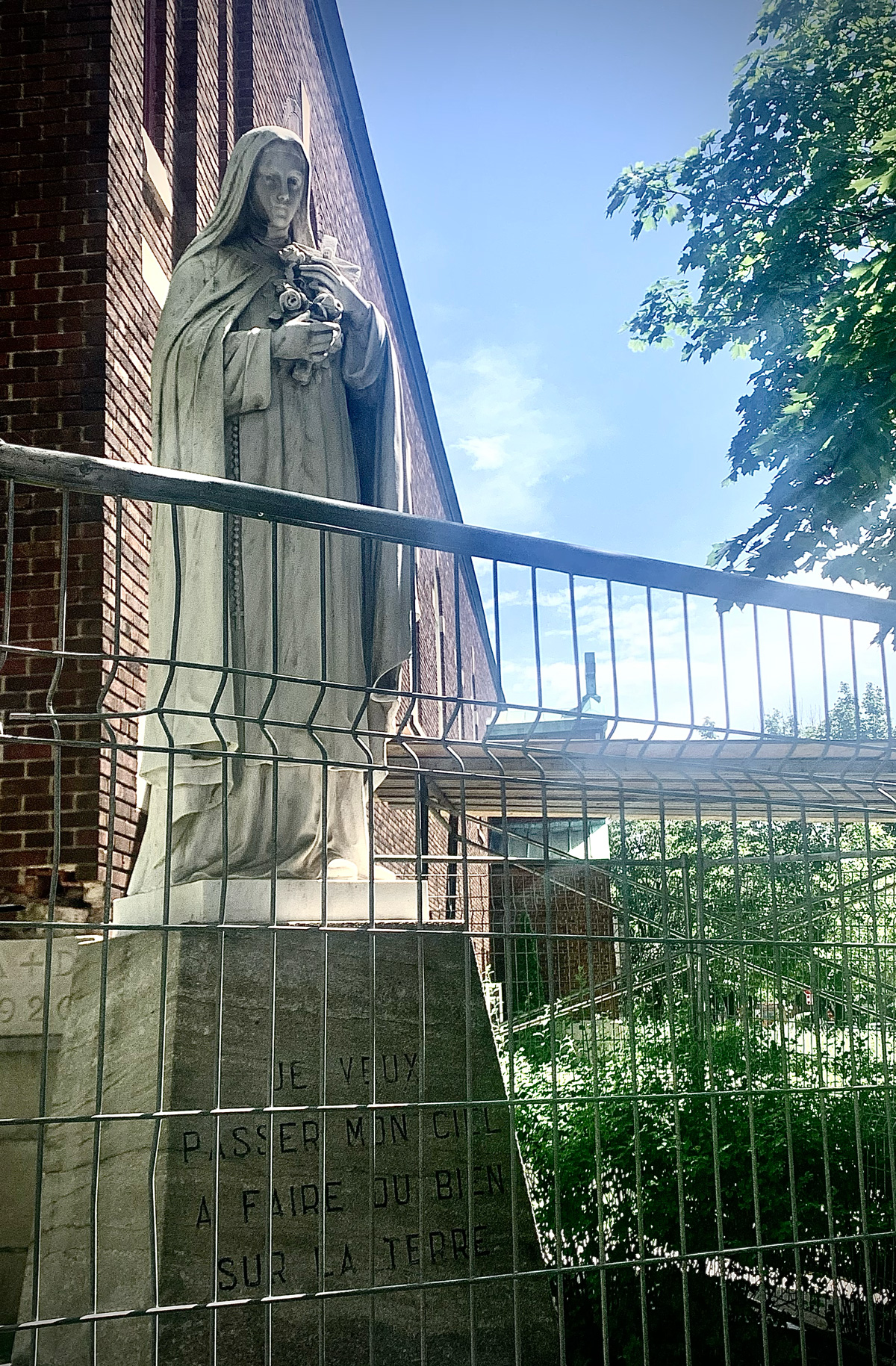
My Verdunoise Home
My childhood home. Here’s what represents the decadence of my childhood, blooming from low to high. I became like a bird. I wander like a firefly. Come on, everyone, let’s tumble down. I’ve walked, step by step, from the ground up. Now, you know I come from the universe. I’ve become the person I am today. Without that, I wouldn’t be educated enough. I soar to other schools. With that, I fly towards the top.
My future, my resilience, my freedom, the simple joy of living freely. Come with me, let’s take a step into complete sobriety.(translated from French)
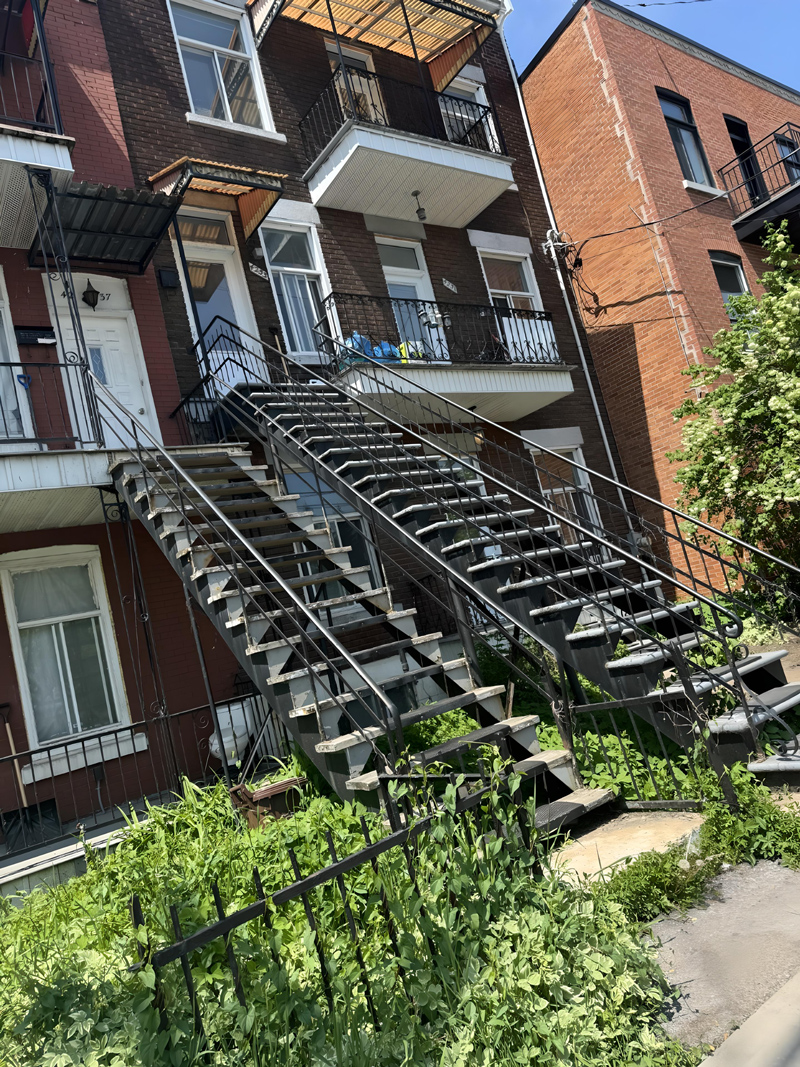
Beginning a New Life with DYP
Ahhhh DYP Services !!! Thank you for saving my life. I ran to you, hopping like a kangaroo. In tears, in weeping, this is what charms me.
I succumbed to my mother’s mental health struggles, like relentless spoonfuls of pain. The difficulty of mourning and saying goodbye to my foster family had a huge impact on my pride. I was shaken, stirred. Off we go toward destiny. DYP, thank you for teaching me to live in harmony. I’ve been strong while trying to be hot like scotch. Thank you DYP for being a part of my life.
Resourceful. Versatile. Judicious
(translated from French)
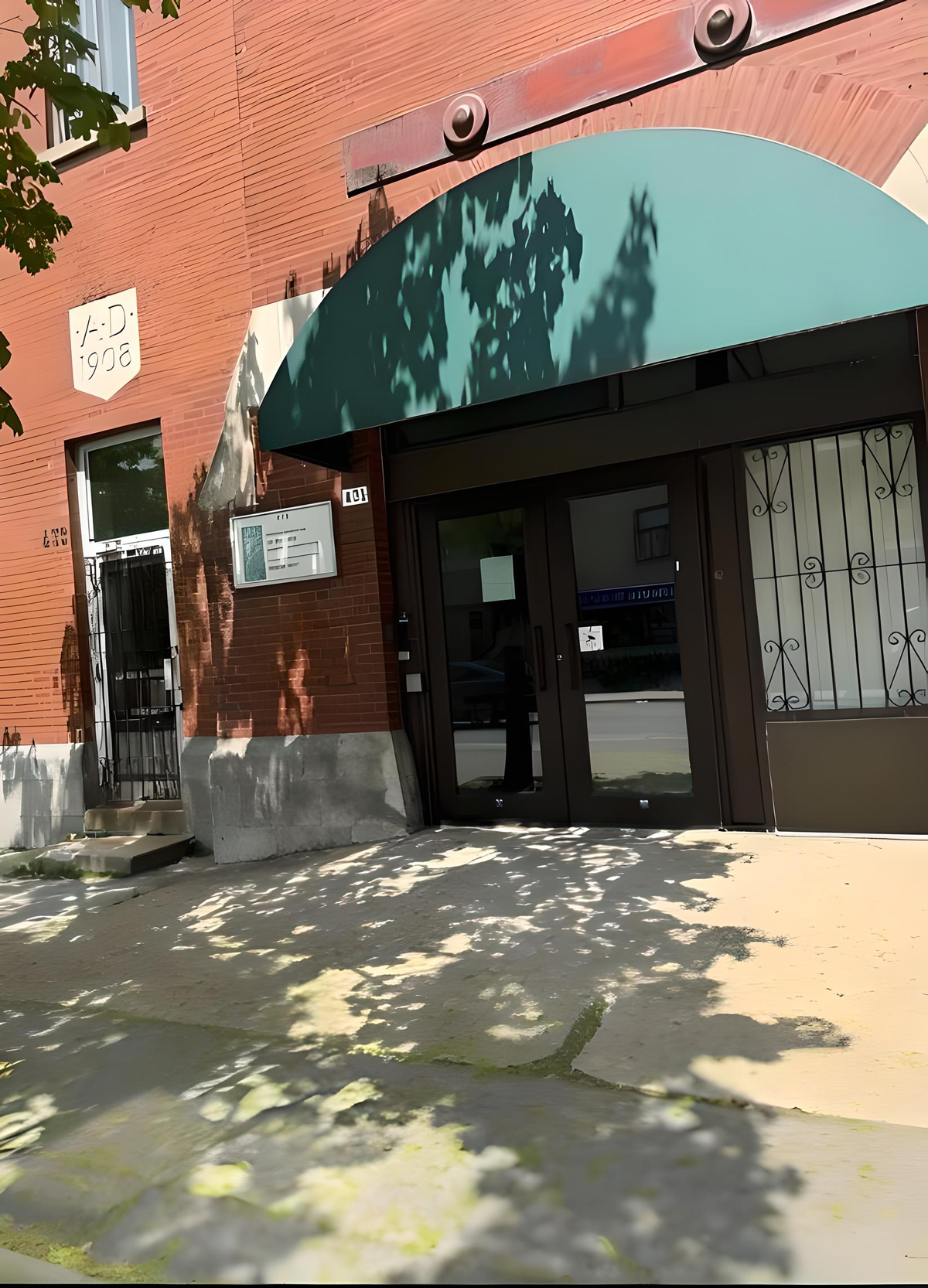
My Chambly House
My house in Chambly, filled with hummingbirds. All the people who passed through here ended up experiencing some form of melancholy. In the beginning, there was joy, strength, and courage. At times, I was filled with depth. Developing my life habits, learning to have a stable routine and education. This beginning and ending of the house bring back so many memories, both good and bad. Going left and right. Let’s all go for a swim. Talking, shouting, letting go, all while remaining speechless.
The good dinners, the restful nights, the misadventures of the foster girls. The foster parents who sometimes had too much on their plate because they had so many to care for. Today, I thank them again for giving every second and minute to each child who passed through there. A beautiful coherence and understanding from all the workers who followed in that house. The patience, the skill, the coordination, and the quality moments spent there brought me a great release from some fears.
Thank you, Chambly, for being part of my life. (translated from French)
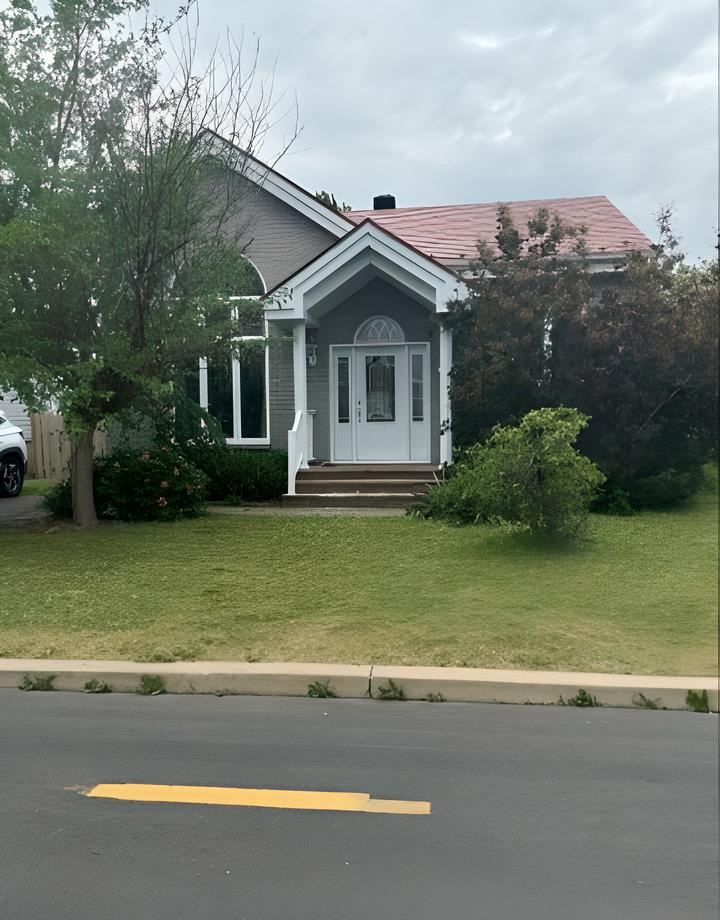
Qui peut Hide and Seek
Two quotes partially echo my reflections, and the ambivalent feelings that alcohol represents: « The present fades, and you become memory. You shed everything — your fears, your emotions, your desires — preserving them like clothes no longer worn, tucked away in the wardrobe of a wisdom you never knew, and a serenity you never expected. » « It is a way of losing everything, to find everything. […] The future is an idea that has drifted away from me. It no longer matters. »
(Alessandro Baricco, Océan Mer, pp. 210–211)
In my own words: Hiding and escaping problems, fleeing reality and responsibilities to stop feeling—or, on the contrary, to feel. Finding a momentary and dysfunctional moment of emotional calm, yet sometimes feeling trapped by this escape. An escape many of us seek, knowing full well what it implies, yet we play hide and seek with addiction, with sad or angry alcohol. A desire to let go, but a reality that catches up with us. Will anyone come find me?
(translated from French)
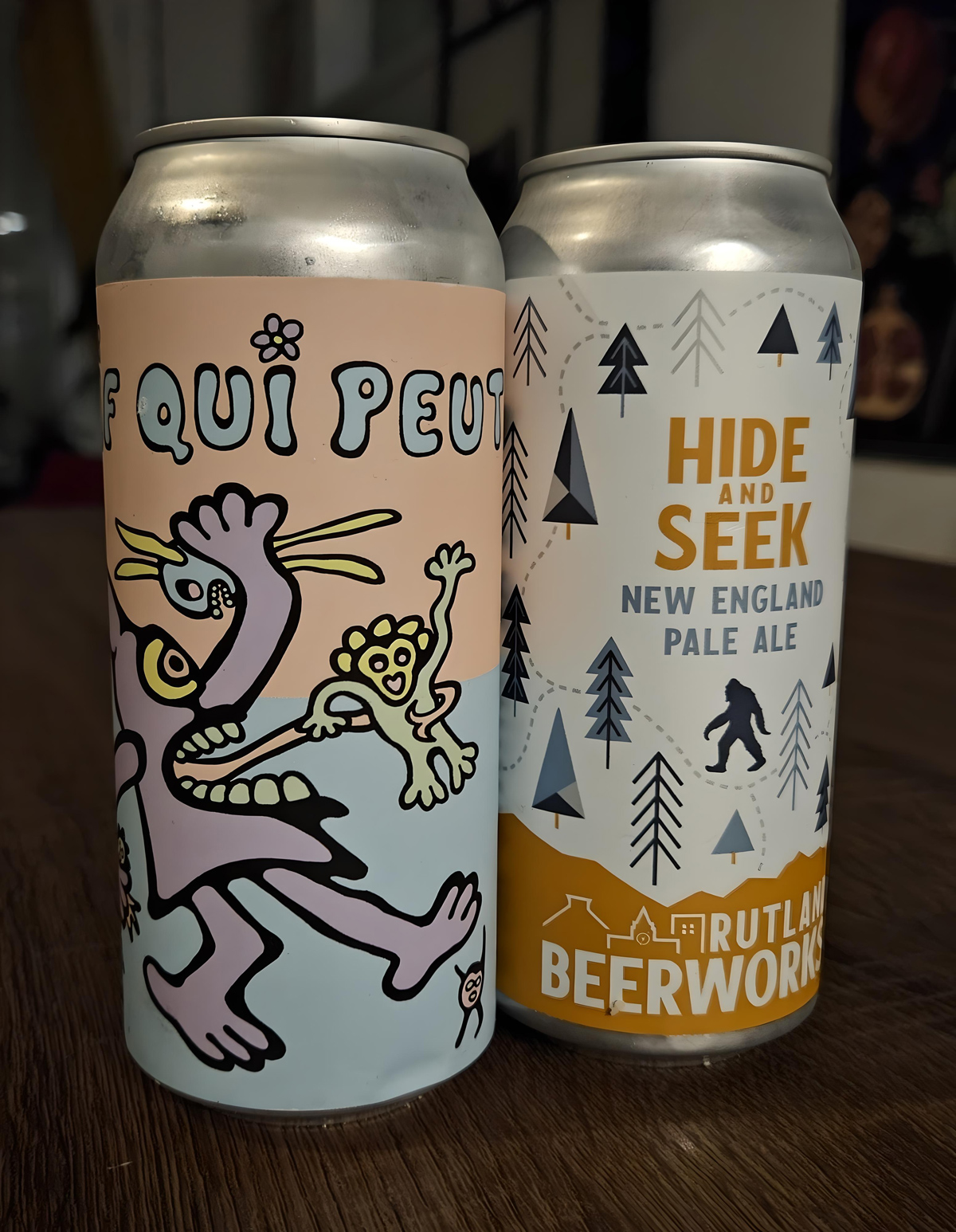
Making Flames in a Kitchen
My house in Chambly, filled with hummingbirds. All the people who passed through here ended up experiencing some form of melancholy. In the beginning, there was joy, strength, and courage. At times, I was filled with depth. Developing my life habits, learning to have a stable routine and education. This beginning and ending of the house bring back so many memories, both good and bad. Going left and right. Let’s all go for a swim. Talking, shouting, letting go, all while remaining speechless.
The good dinners, the restful nights, the misadventures of the foster girls. The foster parents who sometimes had too much on their plate because they had so many to care for. Today, I thank them again for giving every second and minute to each child who passed through there. A beautiful coherence and understanding from all the workers who followed in that house. The patience, the skill, the coordination, and the quality moments spent there brought me a great release from some fears.
Thank you, Chambly, for being part of my life.(translated from French)
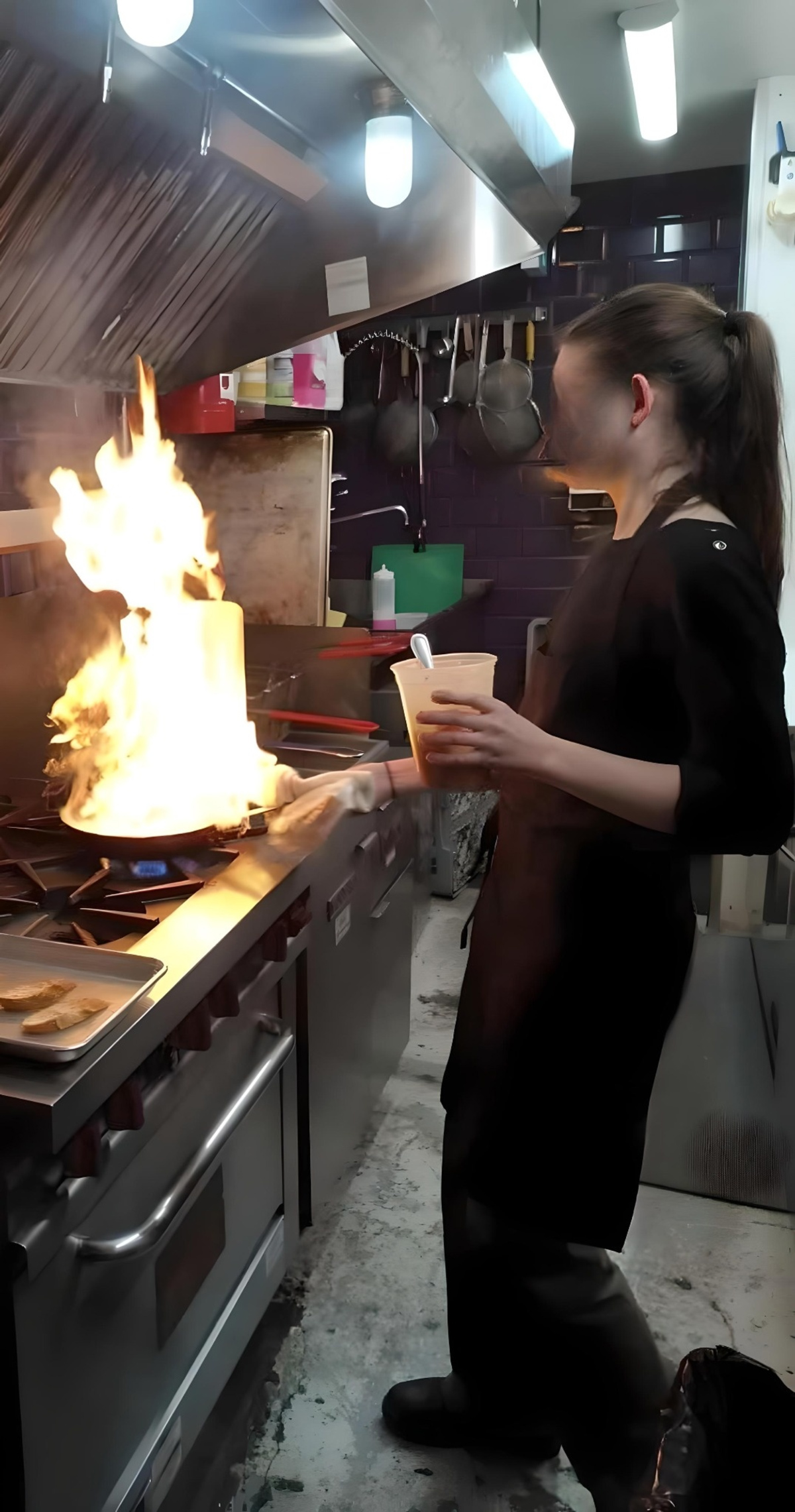
Looking Through Different Glasses
On a more joyful note, this photo was taken through my sunglasses. It plays on the expressions “seeing life through rose-colored glasses” and the idea of “changing your glasses to observe the world.” It represents the well-being of succeeding in stepping out of your comfort zone/routine without feeling too uncomfortable. It’s a call to break free from personal biases and internal vicious circles, by trying to adopt a different perspective. And the sunglasses are also a way to distance yourself from reality, to take a step back and feel somewhat protected. (translated from French)

Fuel
A glass jar filled with cucumbers, blueberries, and green peas suspended in a blue liquid. Literally, it represents nutrition and hydration. In context, it can also refer to the absorption of knowledge (studying), recharging, and empowerment. It highlights the value of preparation and prevention, but also the importance of water as a source of life. (translated from French)
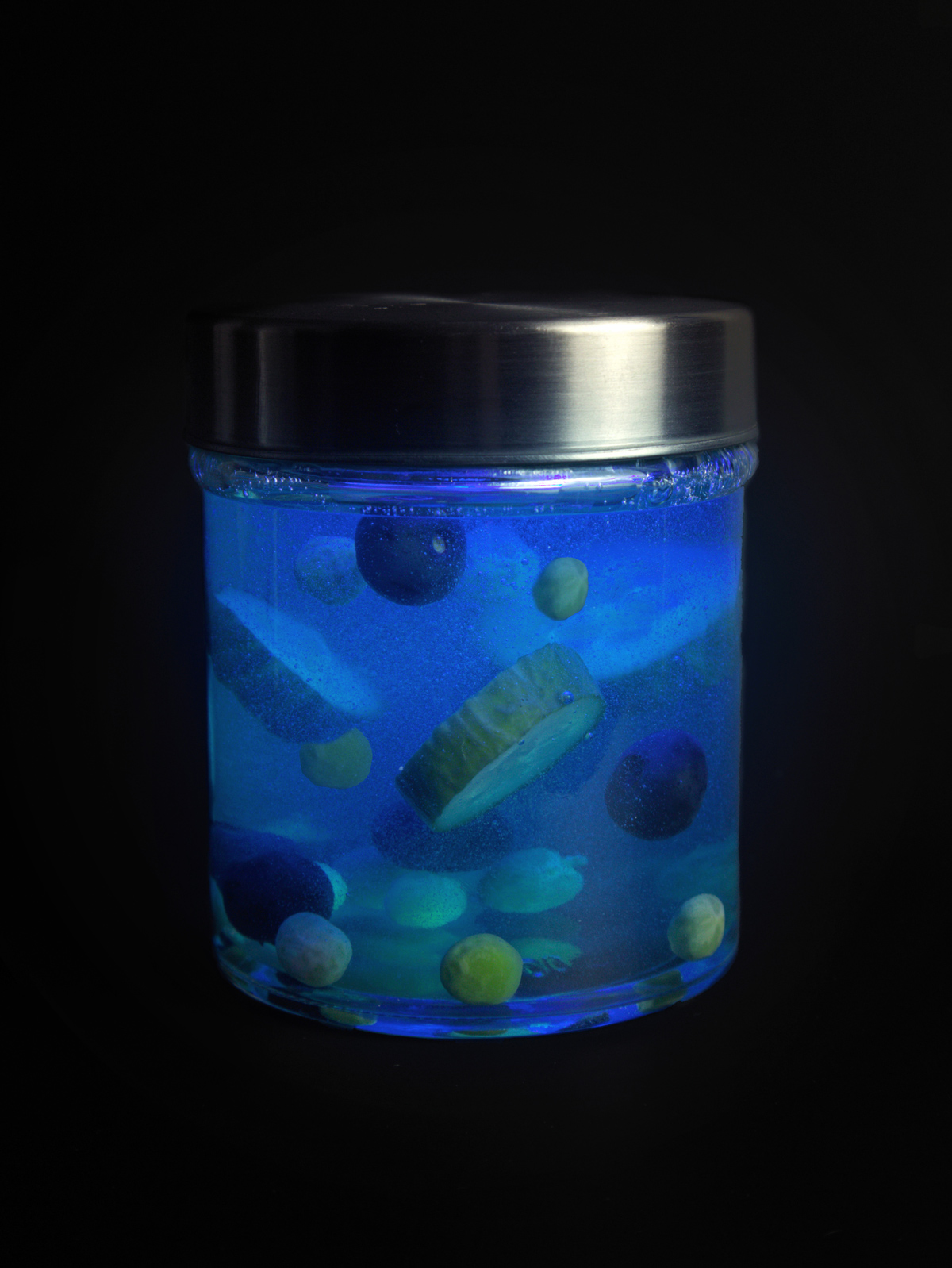
Move
A running shoe, a tennis ball, and a few crayons. This image evokes movement, play, and energy. It reflects not only the benefits of physical activity but also of creativity. Engaging both the body and mind in action and productivity supports the maintenance of healthy self-esteem. (translated from French)

Heal
A small tart decorated with herbs, petals, and a white candle. This final image touches on rest and reward. The tart honours the value of worldly pleasures and invites us to experience them mindfully. The toppings serve to acknowledge and cherish the beauty the present moment has to offer by stimulating the senses—sight, smell, and taste. The candle represents ritual, spirituality, and warmth. The power found in meditation.” (translated from French)
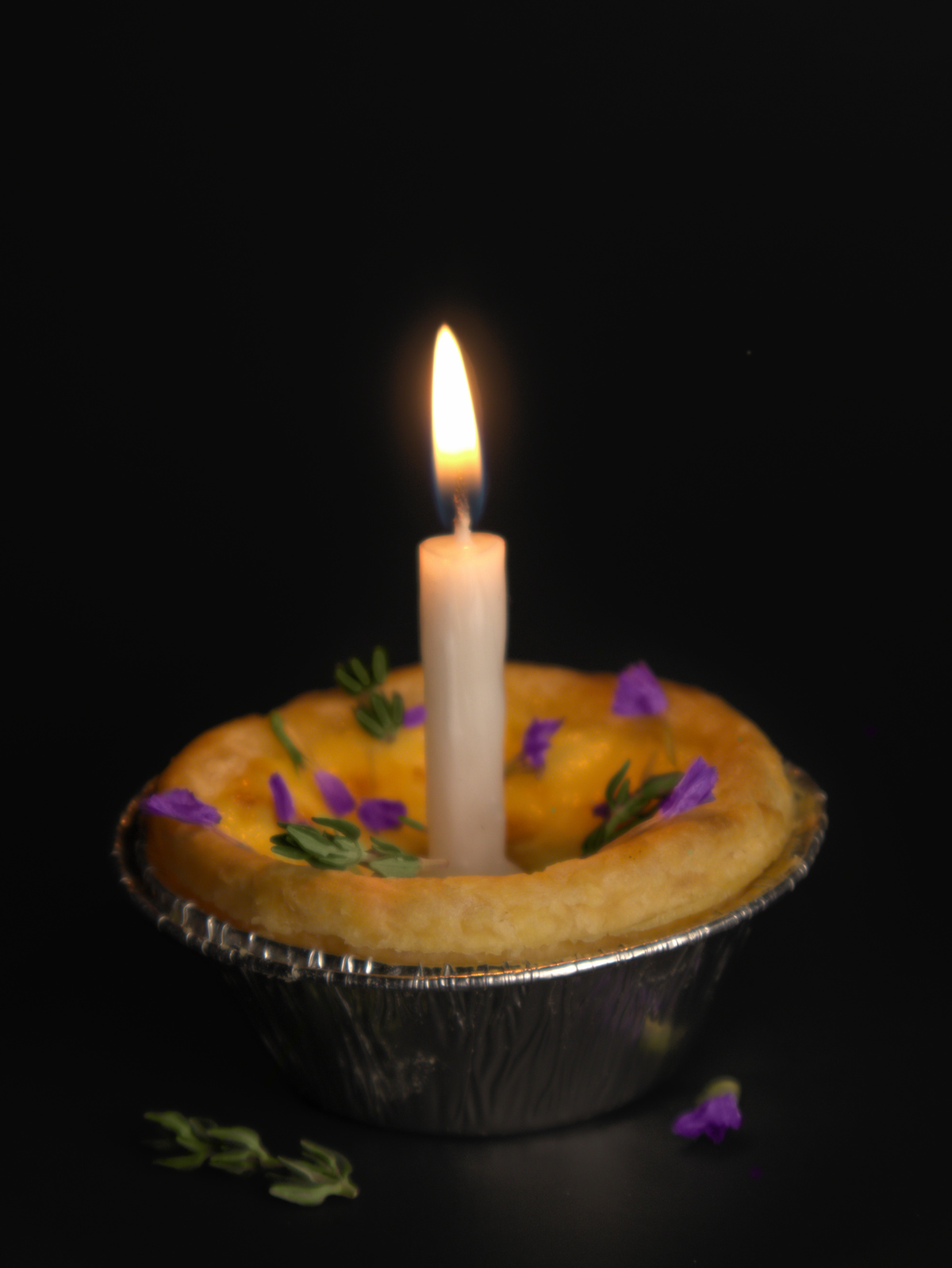
Fixed Reality
For me, this photo represents the difficulties of life. The snow represents the weight I carry on my shoulders and the tree is the human being experiencing the difficulties. When it’s cold (or when you’re going through a bad patch) everything becomes heavier and more unbearable. So it’s harder to feel better. (translated from French)
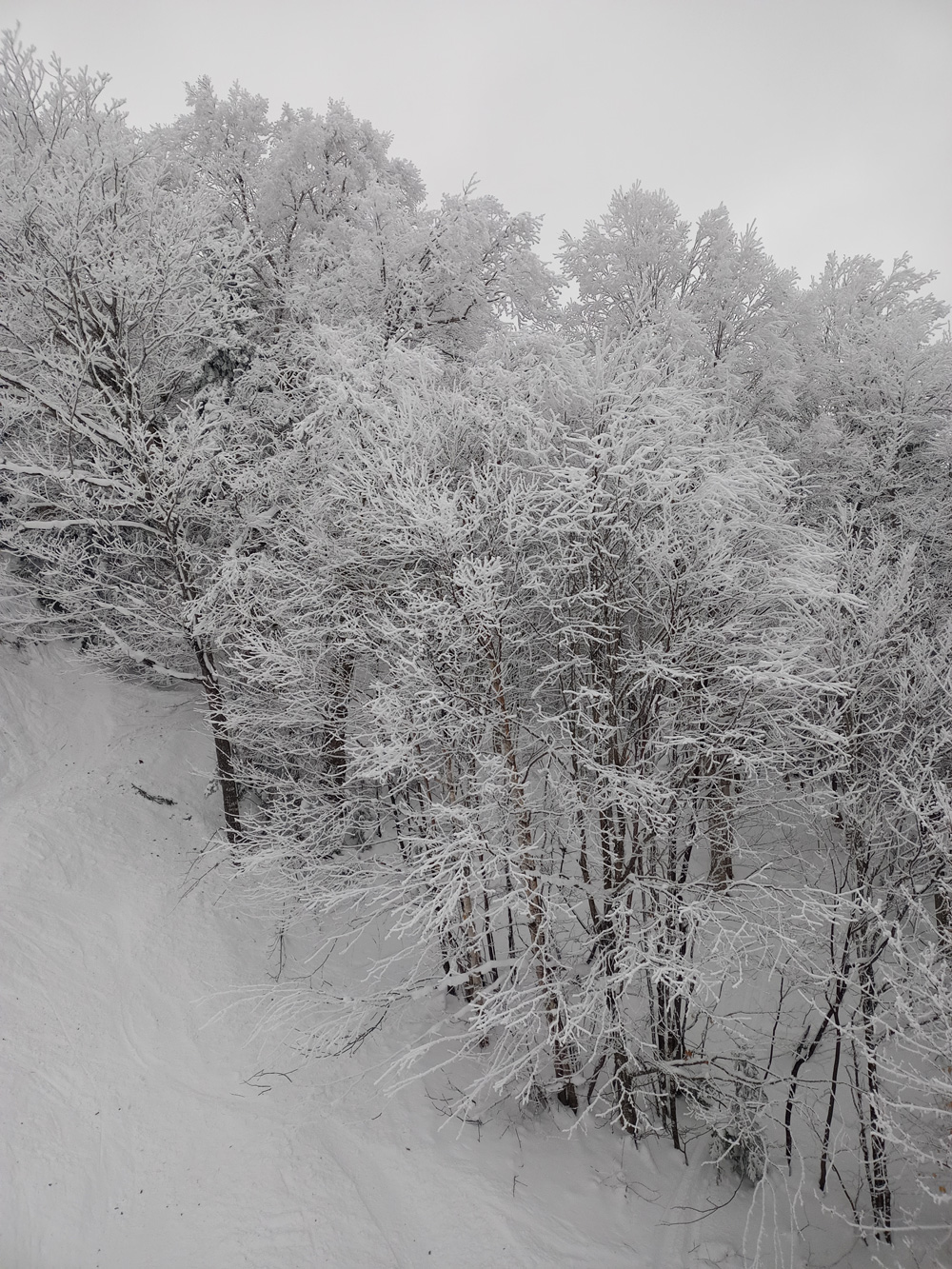
Impossible Summit
This photo represents my definition of perseverance. In my opinion, perseverance is the key to getting better in mental health because it’s what keeps us going and keeps us fighting despite life’s difficulties. (translated from French)

Untitled
The lake represents our mind. When the medication is working and all is well in our heads, the lake is calm. You can paddle in it. However, when you’re going through a rough patch, it’s better not to venture in or you risk making the situation worse. (translated from French)

Untitled
This photo shows how the mental and physical health system is binary and heteronormative. The few resources that are not that way are precious. It also represents the burden experienced by people who take contraception. It should be an informed choice, not a default one. Sexual health education is important and should be accessible. The photo shows how essential it is to raise awareness of these issues among nurses and professionals in other places such as CLSCs. Other issues, such as having a fixed address, cause many problems for people experiencing residential instability. (translated from French)
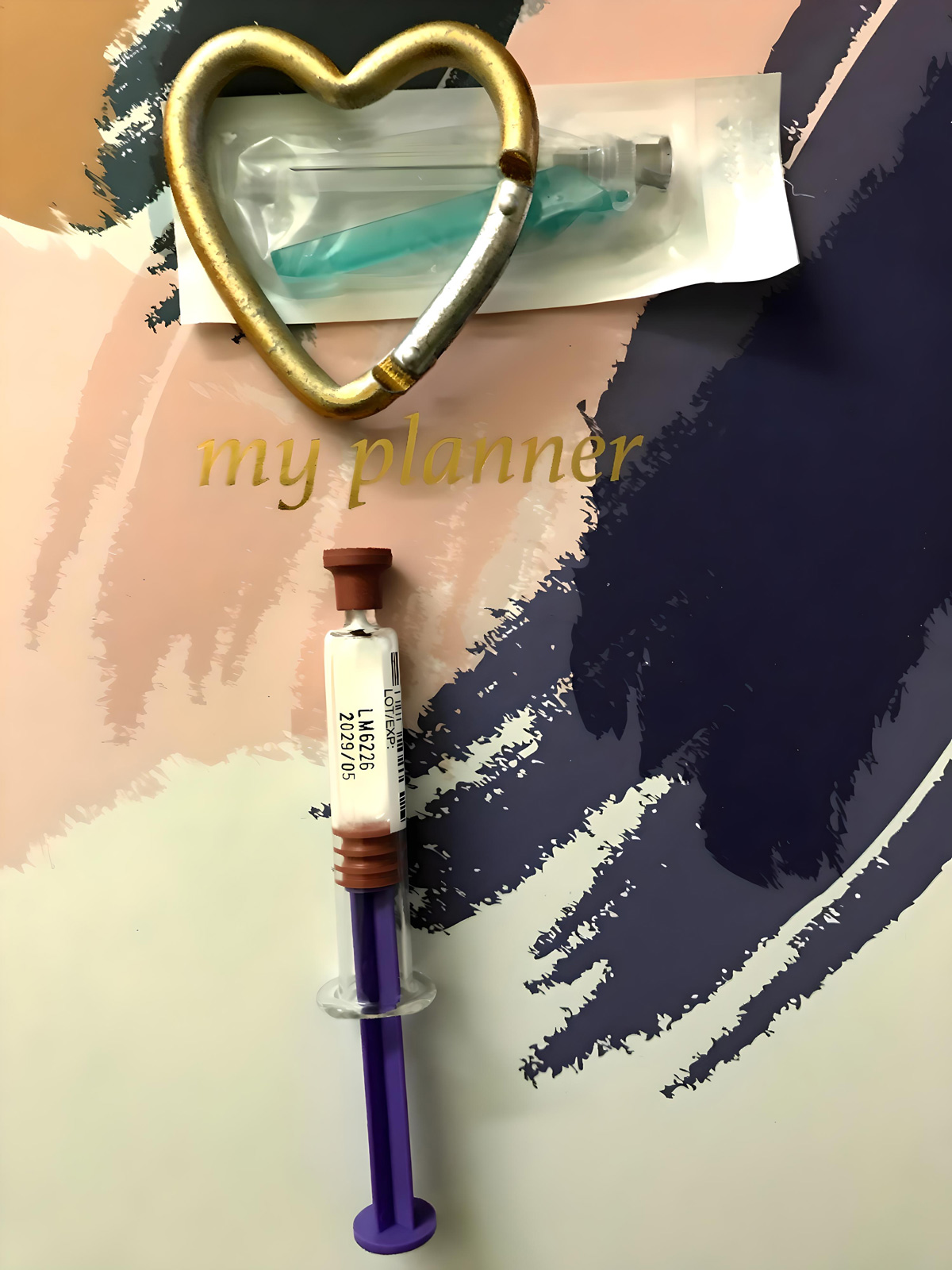
Untitled
This photo shows the role of services that do not require a health insurance card and the difference they make to people. Free and accessible services are essential. It shows how much we would gain as a society from giving more space to sex education and how welcoming and caring can make a difference. Being flexible when it’s realistic (e.g. accommodating people with no fixed address) is important. Including issues of sexual and gender diversity is an important consideration (e.g. in accommodation resources, but not just those resources either…). The use of technologies to reach young people can help (e.g. anonymous online chat, text messaging, social networks and, at the very least, email). (translated from French)
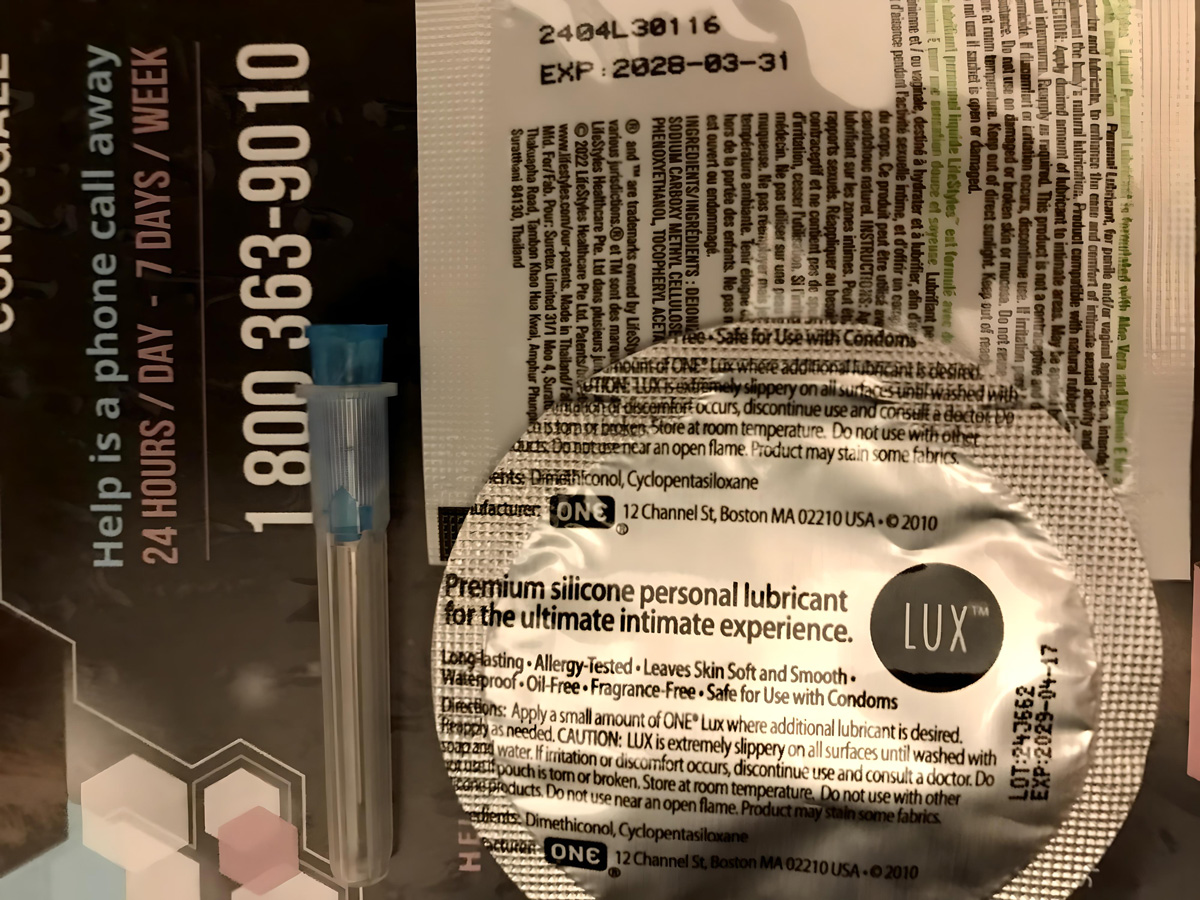
Untitled
This photo conveys the desire to one day have equal access for all. For example, there are very few racialised people using the alternative resource I go to regularly, which is questionable. Racialised people have a harder time accessing resources, including mental health resources, even when there are no discriminatory policies in place. They may lack information about these resources. In spite of everything, it is a really pleasant place to be, where you feel like part of a family, where the emphasis is on the autonomy of members, where you feel welcomed and cared for, where people are seen as experts in their own lives and where personal experience is valued. This resource is aimed at adults experiencing anxiety. Recently, there has been a special space for younger adults, where members have the opportunity to be peer helpers. Recently, there was a support group on the theme of self-compassion. This resource has also set up a non-binary toilet for people affected by this issue. (translated from French).
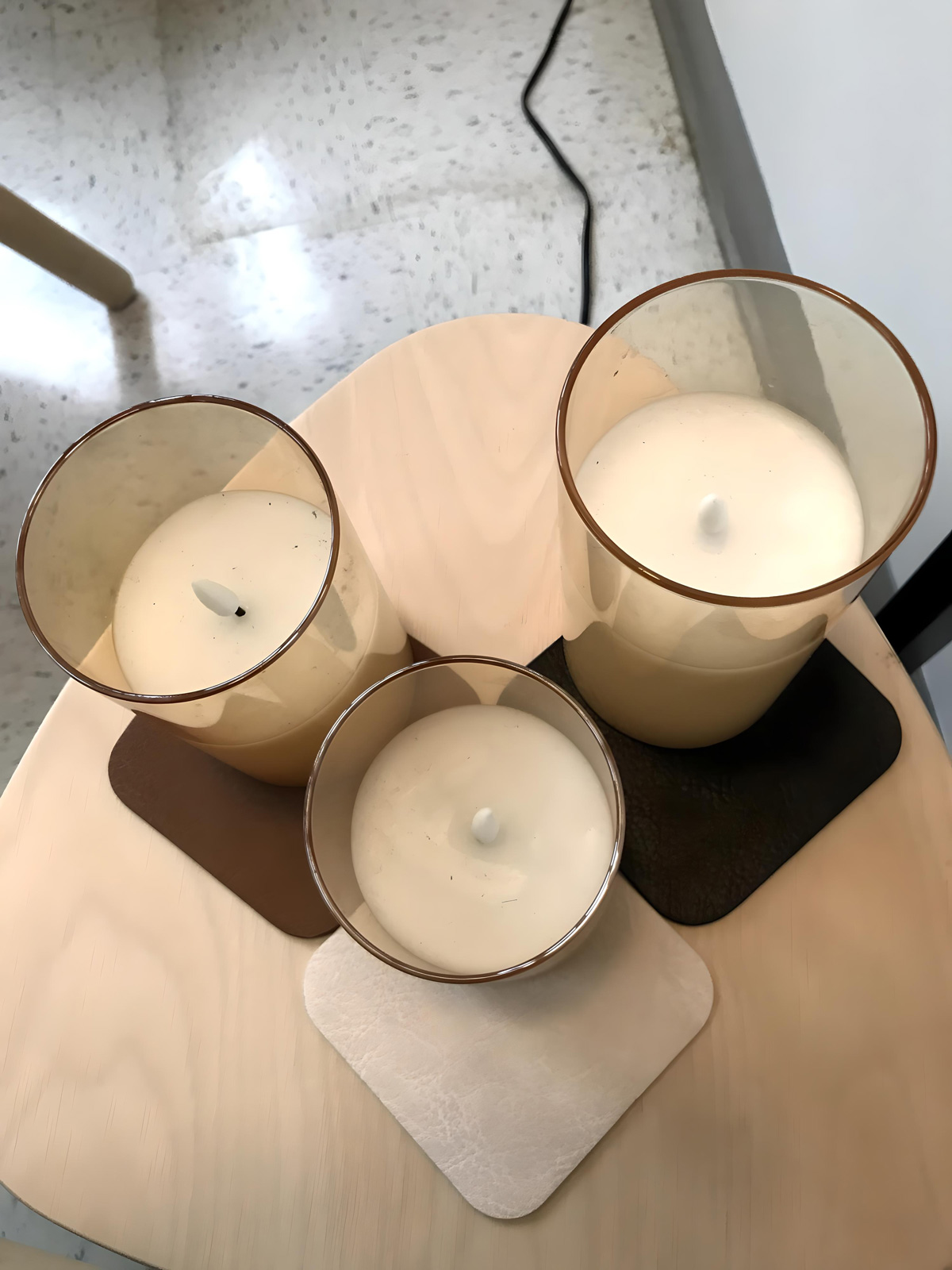
Untitled
This photo shows how hard it is to find the right resources when you’re neurodivergent. It also talks about how writing sometimes helps by writing a letter to yourself or writing what happens to you in a diary. Using non-verbal means of expression, such as dance or the visual arts is also important. A routine and organising one’s time can lighten the mind. Without forgetting the importance of outreach work, this photo reminds me of the use of free applications that help mental health. Technology is becoming more and more accessible and I wonder what we really want to connect to. (translated to French)
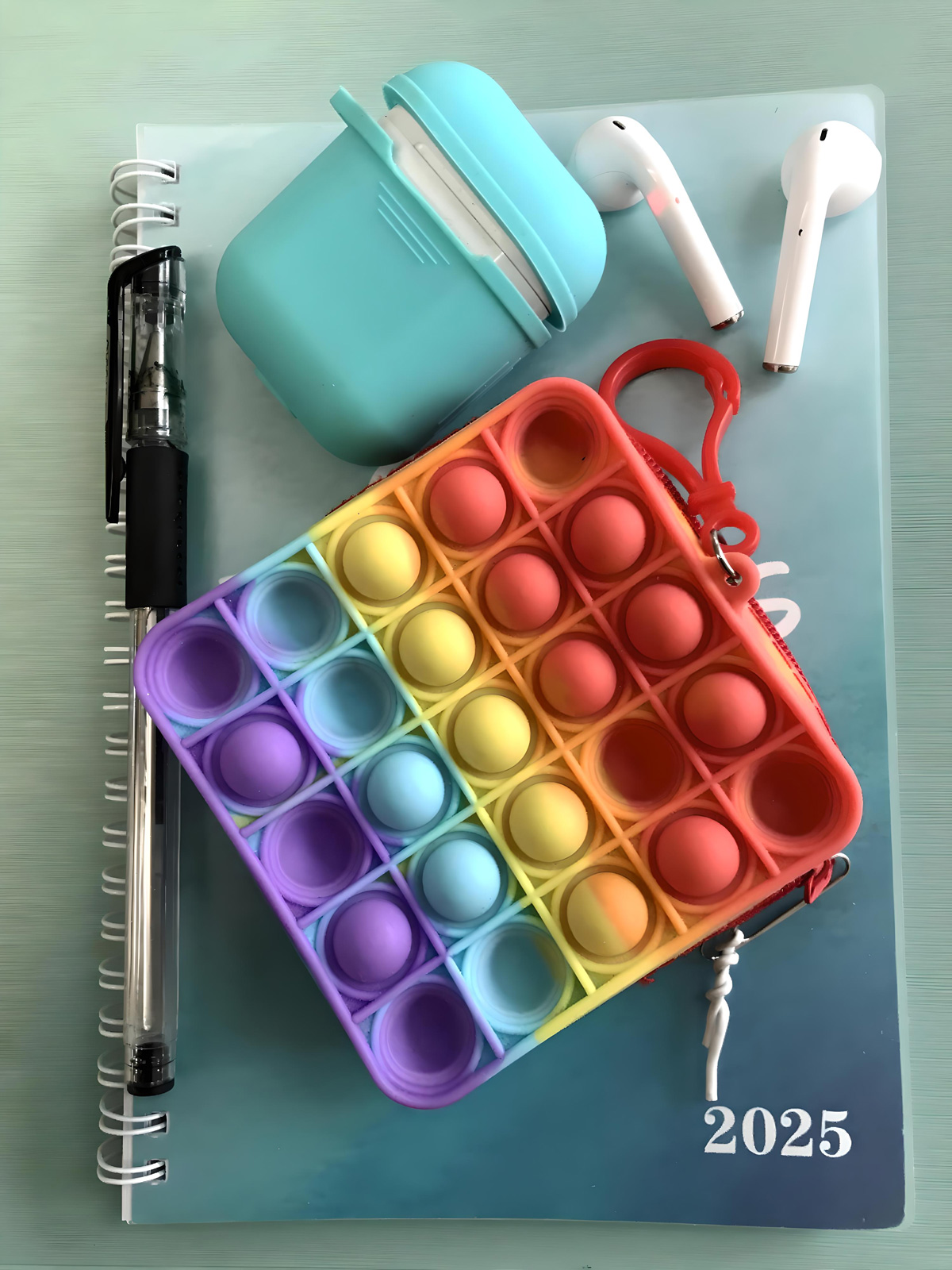
Why are we doing this?
Most research on mental health recovery focuses on the experiences of adults. However, the research project Mental Health Recovery from a Youth Rights-Based Perspective aims to explore and understand recovery as experienced by young people aged 18 to 35. This project emphasizes respecting their rights throughout mental health services to ensure an inclusive and respectful approach.
To achieve this, we have chosen the photovoice methodology, which allows young people to share their experiences in both visual and narrative ways. Participants, young adults using mental health services from various community organizations in the northern part of Montreal Island, were invited to capture images that illustrate their experience of recovery in mental health. These photographs are accompanied by group discussions, guided by structured questions that explore their rights, recovery journeys, mental health experiences, and relationships with health professionals.
Photovoice is a participatory action research method that uses photography to highlight lived experiences and address key issues for individuals and communities. The creative and visual nature of this technique offers various benefits but also presents ethical challenges (such as consent, anonymity, visibility, etc.) and methodological considerations (including recruitment, data handling and analysis, and sharing results).
This project was made possible through a partnership with Espace Jeunes at Prise II and with funding from the Social Sciences and Humanities Research Council.


